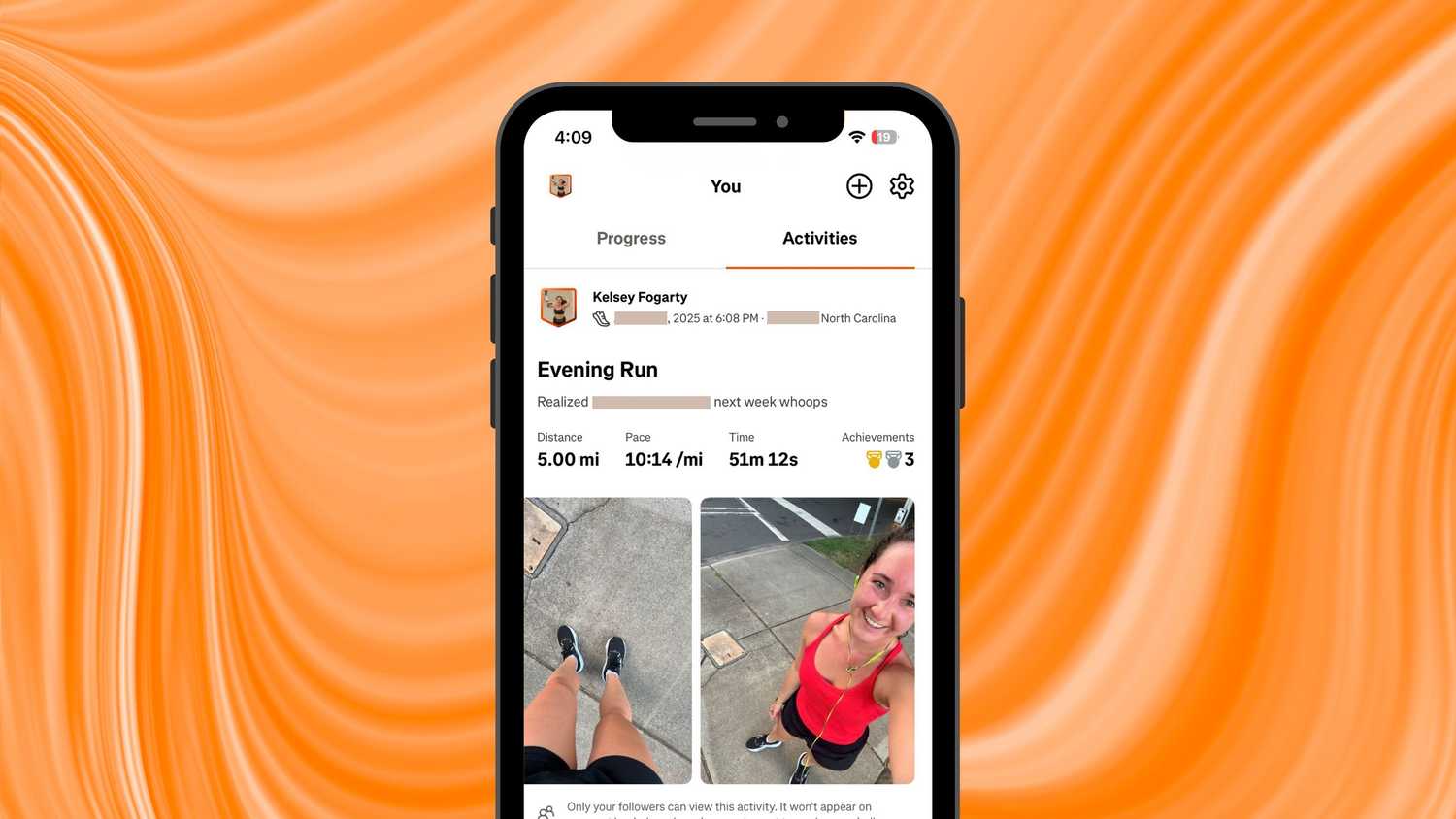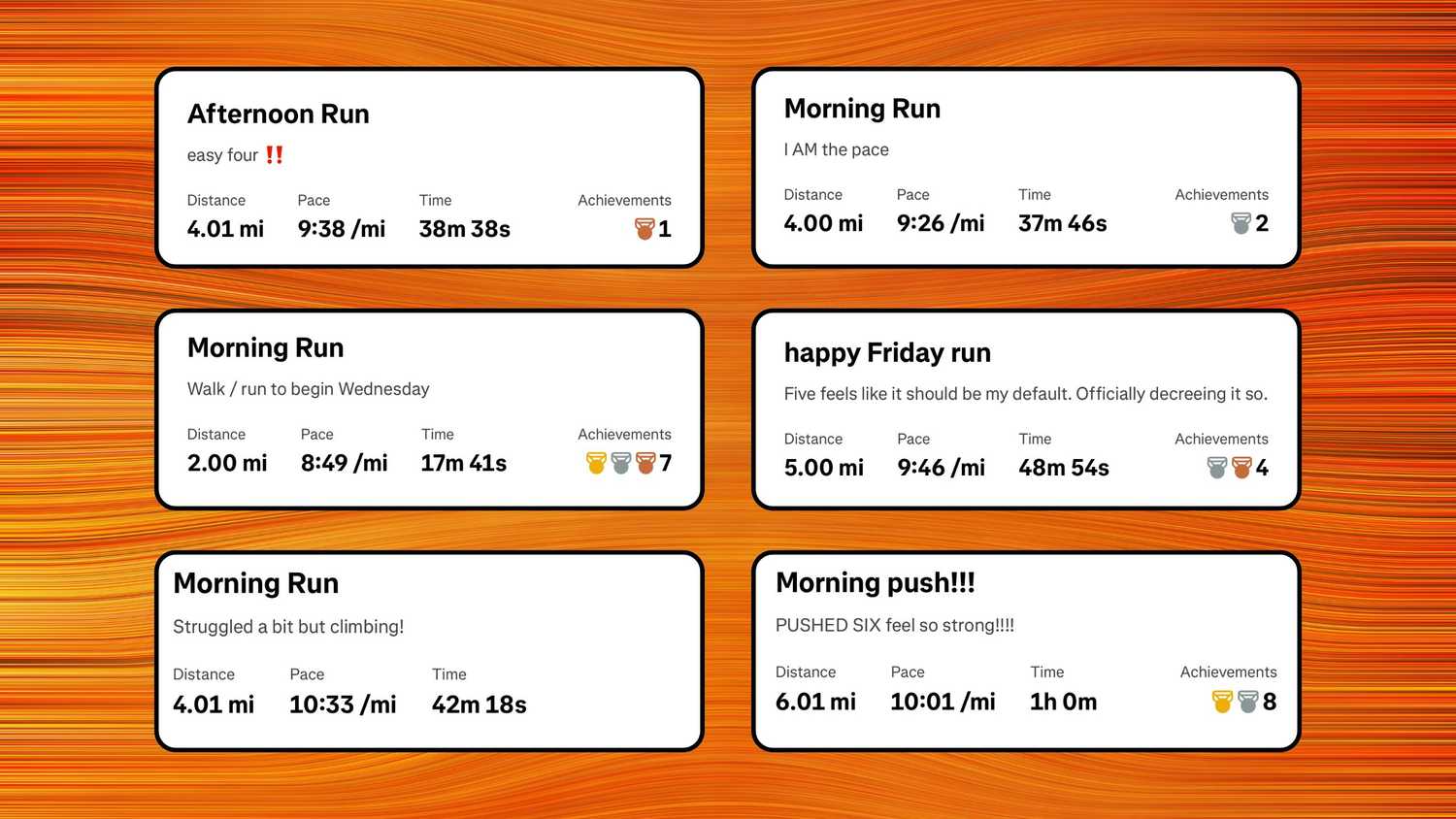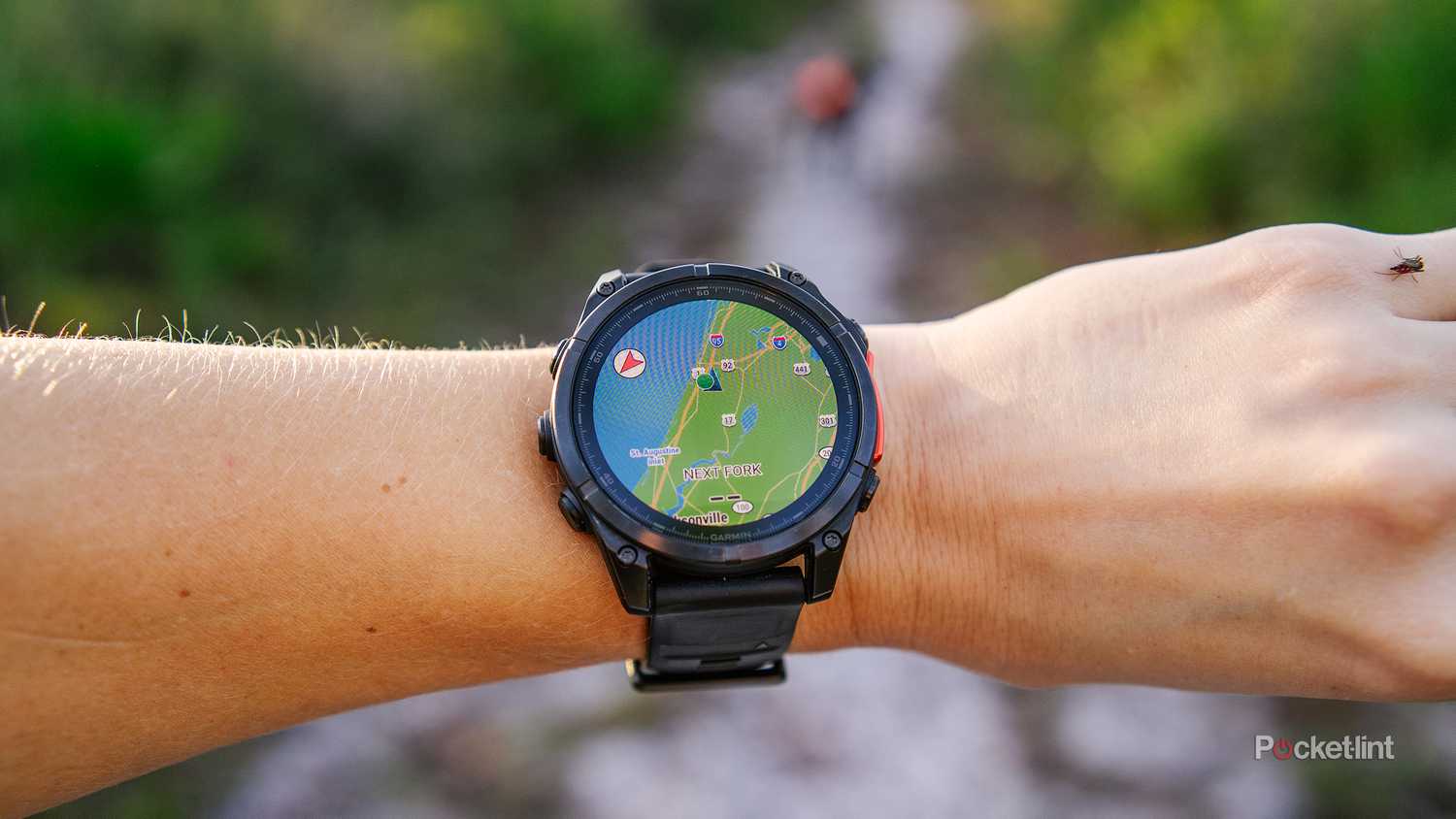There are three very totally different paths you end up on in your twenties: engaged, on a Japan journey, or coaching for a half-marathon. You’ll be able to in all probability deduce which path by glancing up on the headline. In the event you’ve ever taken a run (or informed anybody you’ve gotten), you are conversant in Strava: the activity-tracking app that doubles as a social media feed.
Strava is arguably the preferred app within the operating neighborhood, even when Garmin users aren’t too happy with it in the intervening time. Whether or not you utilize the app itself to trace your routes or cross-upload the info from a suitable wearable, Strava turns your exercise right into a publish — full with a map, distance, tempo, time, and media of your selection. It lands proper on a feed the place your pals or followers can remark, share, or just offer you ‘Kudos’ on your effort — which feels infinitely higher than a measly Instagram-like.
Again to the wearable world, although. In the event you sync up a GPS-powered health tracker (similar to a Garmin or Fitbit), you could discover a slight discrepancy between what distance your watch says you ran versus what Strava logs on the app. Identified infamously because the Strava Tax, this is why your runs are arising (actually) quick on the social media platform the place each mile issues.
- Developer
-
Strava Inc.
- Subscription price
-
Free, $11.99/month or $79.99/12 months for particular person plan, $139.99/12 months for a household plan with 4 accounts
Strava is an activity-tracking app widespread amongst runners, cyclists, and fitness-forward people. Customers can share their actions and statistics to a social media feed on the app.
What’s the ‘Strava Tax?’
Sure, it desires you to complete that 0.007 of a mile
Strava proclaims itself “the ledger of record for human activities,” and it is a title it would not take flippantly. The fitness-forward app is usually condemned in early morning run membership circles and on social media for importing a barely totally different information recording to its app when taking information from a run you recorded in your third-party wearable, like the favored Garmin Forerunner or Fenix. On the floor (your telephone display), everybody can empathize with the query: what provides? If information is information, then why is Strava ‘taking’ what seems to be like .01 miles on the way in which out of your smartwatch to your exercise log? It positive seems like a tax.
Nicely, information is information. A lot in order that Strava took to its site and r/Strava to do some explaining.
As an instance you went for a 10-mile run along with your trusty Garmin Forerunner — the machine itself data 9.999 miles. Within the grand scheme of the sidewalk, 9.999 miles is principally 10 miles. Nonetheless, within the information world, 9.999 just isn’t, in actual fact, precisely 10 miles. There’s 0.001 miles between 9.999 and 10 precisely, which is roughly 5 toes (or 5.28 toes if you would like the uncooked information).
Whereas your wearable may spherical that as much as 10 for the sake of wanting much less clunky, Strava receives that precisely 9.999-mile file. That is the place the ‘tax that takes nothing’ is available in.
What does Strava do to third-party information?
Come as you might be, decimals
Strava would not care if there have been 5 toes between you and that 10-mile mark. It retains the second decimal level (or the hundredth) and rounds down after that. So, that uncooked 9.999 in your wearable reveals up as 9.99 in Strava. Here is a visible that will help you wrap your thoughts round it:
|
Gadget show |
Uncooked information despatched to Strava |
Strava show (rounded down) |
|---|---|---|
|
10.00 miles |
9.993 miles |
9.99 miles |
|
10.00 miles |
9.999 miles |
9.99 miles |
|
1.00 kilometers |
0.991 kilometers (991 meters) |
0.99 km (though some wearable gadgets instantly bounce to 1.00 km show at 991 meters) |
Sure, Strava persistently rounds down, even after slicing the uncooked information after two decimal locations. The corporate’s justification is straightforward: for example I used to be operating that half-marathon I discussed earlier — if my watch informed me that I had completed all 13.1 miles, and I used to be nonetheless 25 toes from the end line, would I cease and name it a race? No method. If something, I would dash by means of that checkerboard-painted pavement even sooner.
It is nothing private
However you are able to do one thing about it
Strava is not ‘taxing’ your runs. Actually, take this as reassurance that it really cares about your progress and true information. Nonetheless, it may be irritating to see a run you are happy with fall quick on Strava — the one and solely place you actually get to point out it off to different athletes.
Some customers, myself included, have taken issues into our personal arms. To fight the ‘Strava Tax,’ run till you meet the gap you need, plus 0.01. That method, Strava will obtain information that is more likely to have what you need within the first and second decimal locations.
Different runners, like those beneath, determine to lean into the info assortment all through the race. If Strava stops you from nook slicing on the whole, is not it doing its job as a fitness-forward platform? I say so.
Trending Merchandise

Thermaltake V250 Motherboard Sync ARGB ATX Mid-Tow...

Sceptre Curved 24-inch Gaming Monitor 1080p R1500 ...

HP 27h Full HD Monitor – Diagonal – IP...

Wi-fi Keyboard and Mouse Combo – Full-Sized ...














